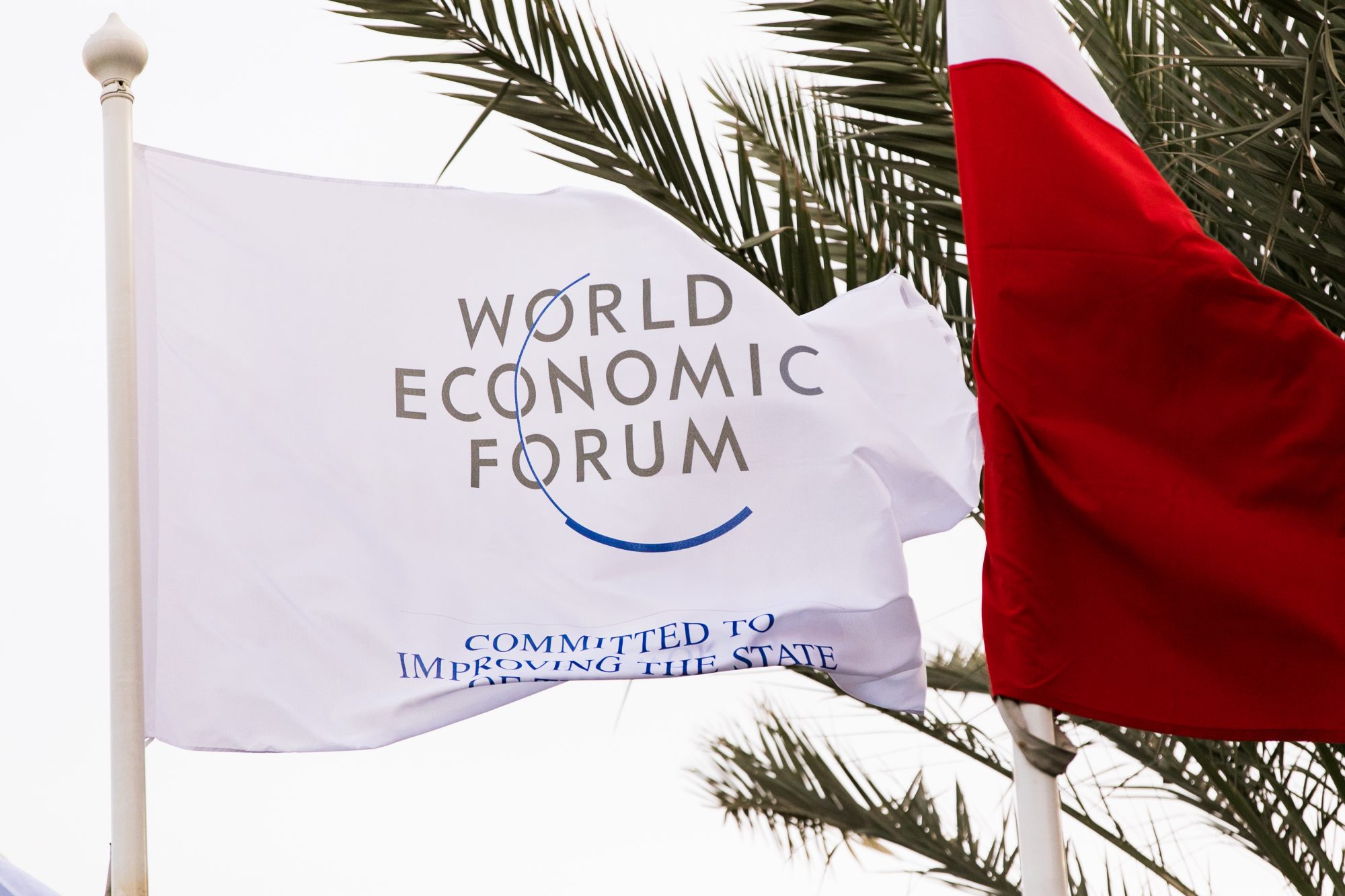Here, the World Economic forum discusses how central banks are among the most cautious institutions in the world, yet the first to implement blockchain experimentation
· Some central banks are emerging as early movers and leaders in blockchain experimentation and research
· Innovative uses of blockchain by central banks include anti-money laundering efforts in Hong Kong; using Ethereum that enables automatic transactions in France; and sharing interdepartmental information in Brazil
· New analysis highlights 10 top use cases around the world, with emerging markets potentially benefiting the most
· For more information, check out the white paper
Central banks have been quietly researching its possibilities since 2014. Over the past two years, the beginning of a new wave has emerged as more central banks launch large-scale pilots and research efforts, including rapid and complete cross-border interbank securities.
The Blockchain and Distributed Ledger Technology team at the World Economic Forum interviewed dozens of central bank researchers and analysed more than 60 reports on past and current research efforts.

The findings were released today in a white paper, Central Banks and Distributed Ledger Technology: How are Central Banks Exploring Blockchain Today?
Ashley Lannquist, Blockchain Project Lead at the World Economic Forum said:
“As the blockchain hype cools, we are starting to see the real use cases for blockchain technology take the spotlight.
“Central bank activities with blockchain and distributed ledger technology are not always well known or communicated. As a result, there is much speculation and misunderstanding about objectives and the state of research. Dozens of central banks around the world are actively investigating whether blockchain can help solve long-standing challenges such as banking and payments system efficiency, payments security and resilience, as well as financial inclusion.”
It is not widely known, for instance, that the Bank of France has fully replaced its centralized process for the provisioning and sharing of SEPA Credit Identifiers (SCIs) with a decentralized, blockchain-based solution. SEPA, or Single Euro Payments Area, is a payment scheme created by the European Union and managed on a country-by-country basis for facilitating efficient and secure cross-border retail debit and card payments across European countries.
The solution is a private deployment of the Ethereum blockchain network and has been in use since December 2017. It has enabled greater time efficiency, process auditability and disaster recovery.
The fact that dozens of central banks are exploring, and in some cases implementing, blockchain technology is significant, according to the white paper. It is an early indicator of the potential use of this emerging technology across financial and monetary systems.

“Central banks play one of the most critical roles in the global economy, and their decisions about implementing distributed ledger and digital currency technologies in the future can have far-reaching implications for economies,” Lannquist said.
Top 10 central bank use cases
Following interviews and analysis, how central banks are experimenting with blockchain can be highlighted by 10 top use cases.
1. Retail central bank digital currency (CBDC)
A substitute or complement for cash and an alternative to traditional bank deposits. A central-bank-issued digital currency can be operated and settled in a peer-to-peer and decentralized manner, widely available for consumer use. Central banks from several countries are experimenting, including those from the Eastern Caribbean, Sweden, Uruguay, the Bahamas and Cambodia.
2. Wholesale central bank digital currency (CBDC)
This kind of digital currency would only be available for commercial banks and clearing houses to use the wholesale interbank market. Central bank-issued digital currency would be operated and settled in a peer-to-peer and decentralized manner. Central banks from several countries are experimenting, including those from South Africa, Canada, Japan, Thailand, Saudi Arabia, Singapore and Cambodia.
3. Interbank securities settlement
A focused application of blockchain technology, sometimes involving CBDC, enabling the rapid interbank clearing and settlement of securities for cash. This can achieve “delivery versus payment” interbank systems where two parties trading an asset, such as a security for cash, can conduct the payment for and delivery of the asset simultaneously. Central banks exploring this include the Bank of Japan, Monetary Authority of Singapore, Bank of England and Bank of Canada.
4. Payment system resiliency and contingency
The use of distributed ledger technology in a primary or back-up domestic interbank payment and settlement system to provide safety and continuity in case of threats, including technical or network failure, natural disaster, cybercrime and others. Often, this use case is coupled with others as part of the set of benefits that a distributed ledger technology implementation could potentially offer. Central banks exploring this include the Central Bank of Brazil and Eastern Caribbean Central Bank.
5. Bond issuance and lifecycle management
The use of distributed ledger technology in the bond auction, issuance or other life-cycle processes to reduce costs and increase efficiency. This may be applied to bonds issued and managed by sovereign states, international organizations or government agencies. Central banks or government regulators could be “observer nodes” to monitor activity where relevant. Early implementation is being conducted by the World Bank with their 2018 “bond-i” project.
6. Know-your-customer (KYC) and anti-money-laundering (AML)
Digital KYC/AML processes that leverage distributed ledger technology to track and share relevant customer payment and identity information to streamline processes. This may connect to a digital national identity platform or plug into pre-existing e-KYC or AML systems. Central banks exploring this include the Hong Kong Monetary Authority.
7. Information exchange and data sharing
The use of distributed or decentralized databases to create alternative systems for information and data sharing between or within related government or private sector institutions. Central banks exploring include the Central Bank of Brazil.
8. Trade finance
The employment of a decentralized database and functionality to enable faster, more efficient and more inclusive trade financing. Improves on today’s trade finance processes, which are often paper-based, labour-intensive and time-intensive. Customer information and transaction histories are shared between participants in the decentralized database while maintaining privacy and confidentiality where needed. Central banks exploring this include the Hong Kong Monetary Authority.
9. Cash money supply chain
The use of distributed ledger technology for issuing, tracking and managing the delivery and movement of cash from production facilities to the central bank and commercial bank branches; could include the ordering, depositing or movement of funds, and could simplify regulatory reporting. Central banks exploring this include the Eastern Caribbean Central Bank.
10. Customer SEPA Creditor Identifier (SCI) provisioning
Blockchain-based decentralized sharing repository for SEPA credit identifiers managed by the central bank and commercial banks in the SEPA debiting scheme. This is a faster, streamlined and decentralized system for identity provisioning and sharing. It can replace pre-existing manual and centralized processes that are time- and resource-intensive, as seen in the Bank of France’s Project MADRE implementation.
Emerging economies may benefit most: Cambodia, Thailand and South Africa and others experimenting
The National Bank of Cambodia will be one of the first countries to deploy blockchain technology in its national payments system for use by consumers and commercial banks. It is implementing blockchain technology in the second half of 2019 as an experiment to support financial inclusion and greater banking system efficiency.
The Bank of Thailand and the South African Reserve Bank, among others, are experimenting with CBDC in large-scale pilots for interbank payment and settlement efficiency. The Eastern Caribbean Central Bank is exploring the suitability of distributed ledger technology (DLT) to advance multiple goals, from financial inclusion and payments efficiency to payment system resilience against storms and hurricanes.
“Over the next four years, we should expect to see many central banks decide whether they will use blockchain and distributed ledger technologies to improve their processes and economic welfare,” Lannquist said. “Given the systemic importance of central bank processes, and the relative freshness of blockchain technology, banks must carefully consider all known and unknown risks to implementation.”
About the white paper
The white paper was written as part of the Central Banks in the Age of Blockchain project at the World Economic Forum Centre for the Fourth Industrial Revolution in cooperation with central banks around the world. The project supports central banks with their blockchain and distributed ledger technology research and experimentation, and helps them investigate the value, risks and opportunities of DLT more efficiently.
As part of this effort, it connects central banks working on similar projects with one another, as well as with blockchain technology ecosystem experts. This paper draws insights and feedback from more than 40 central banks and international organizations participating in the project community.
About the Centre for the Fourth Industrial Revolution Network
The Centre for the Fourth Industrial Revolution Network brings together governments, leading companies, civil society and experts from around the world to co-design and pilot innovative approaches to the policy and governance of technology. Its vision is to shape the development and use of technology in ways that maximize the benefits and minimize the risks. The network develops, implements and scales up agile and human-centred pilot projects that can be adopted by policy-makers, legislators and regulators worldwide.











